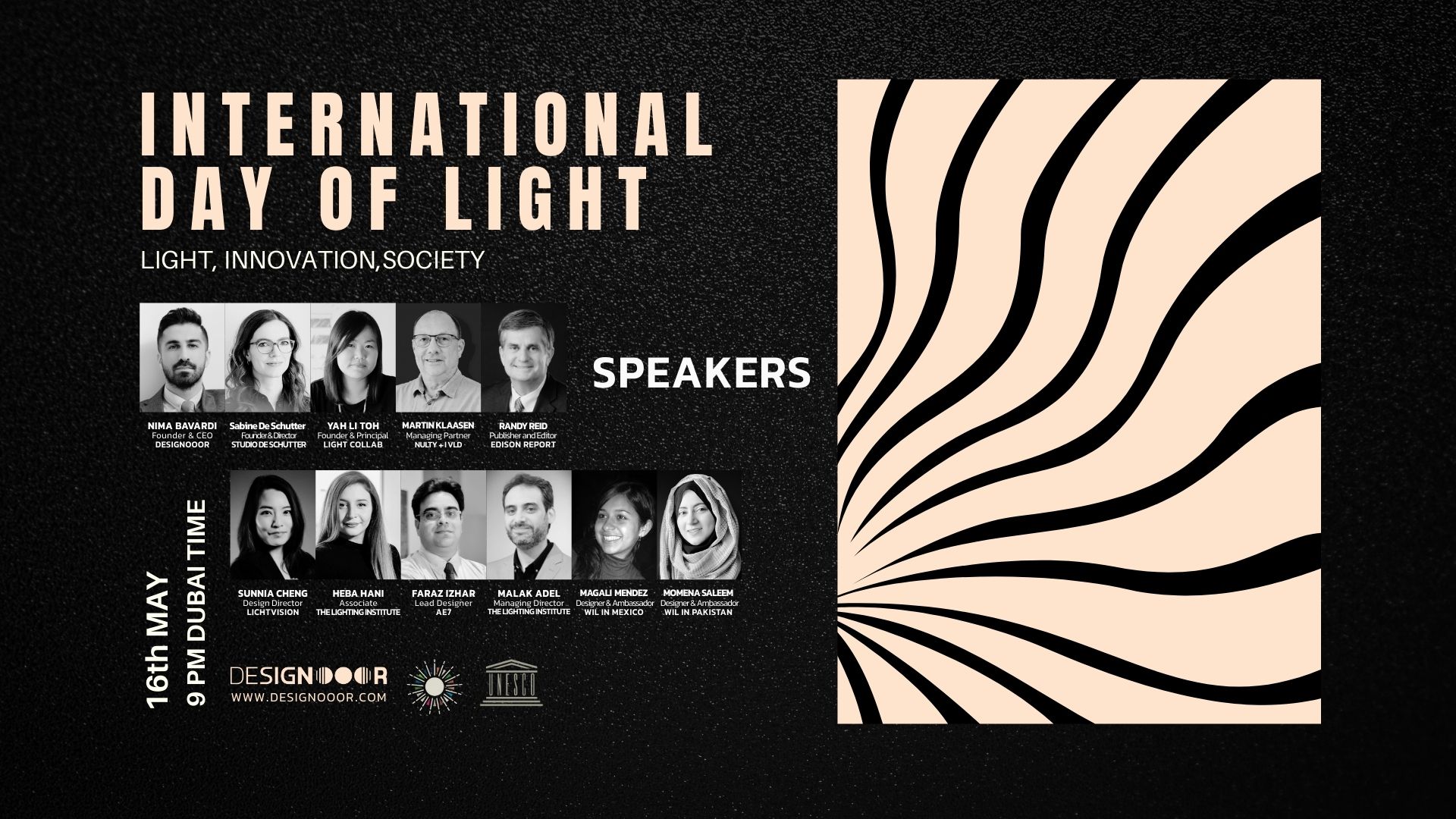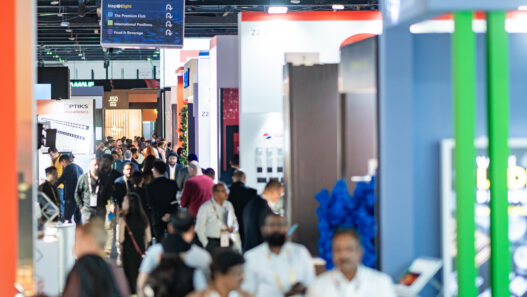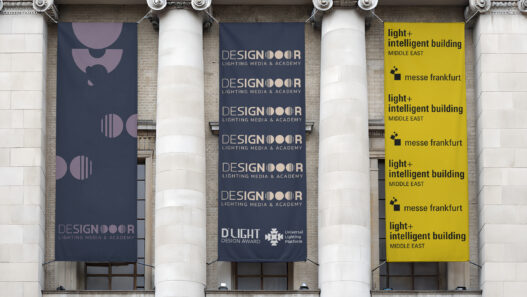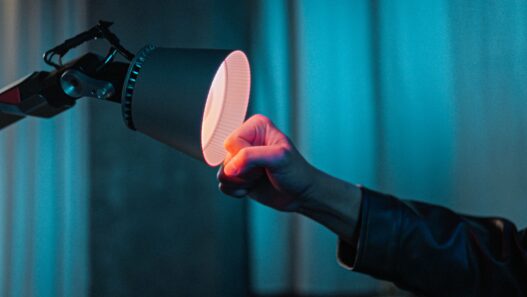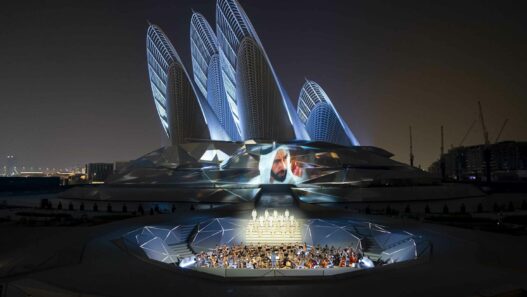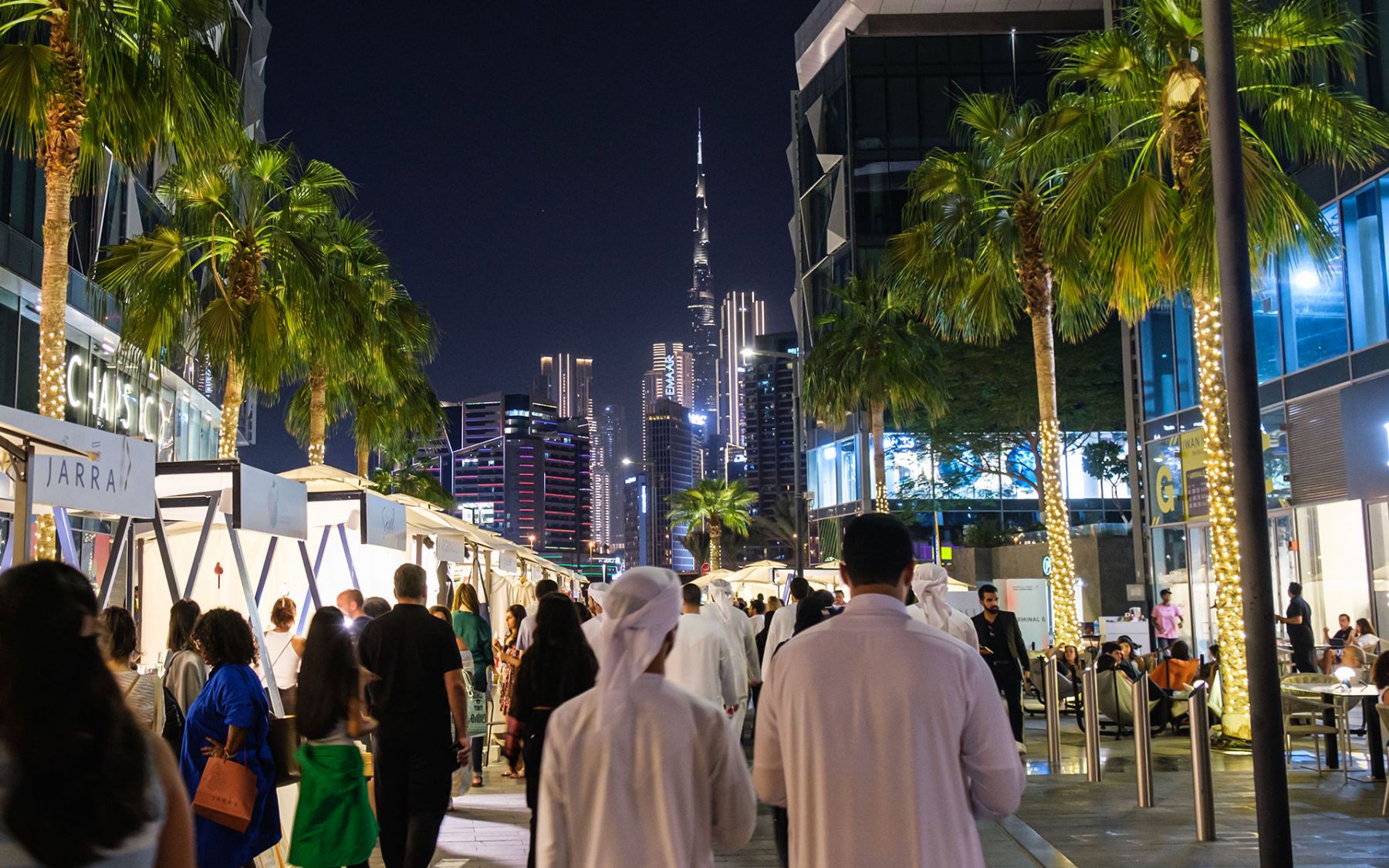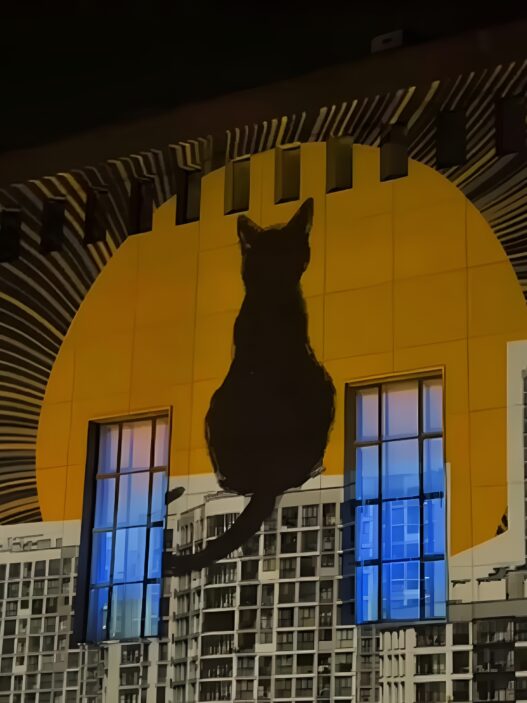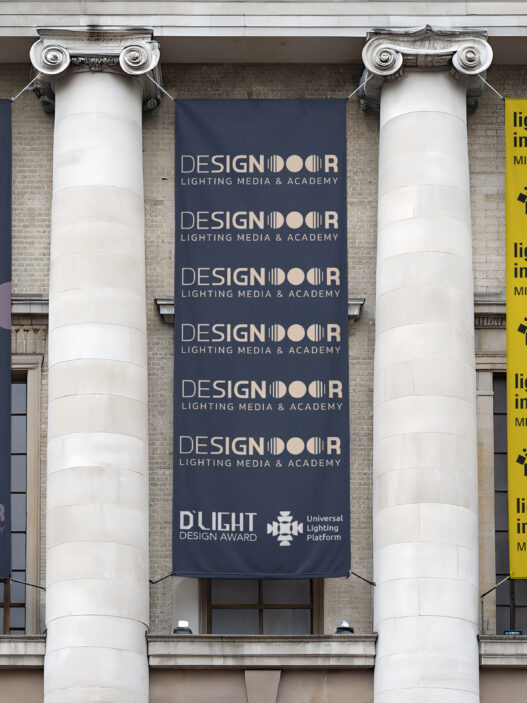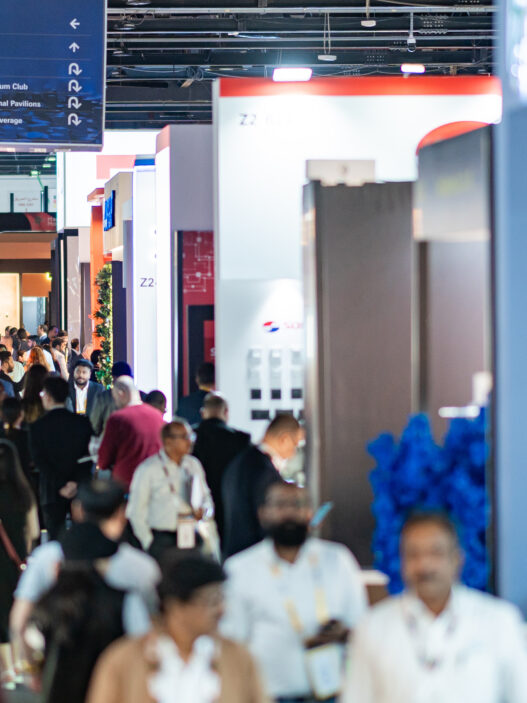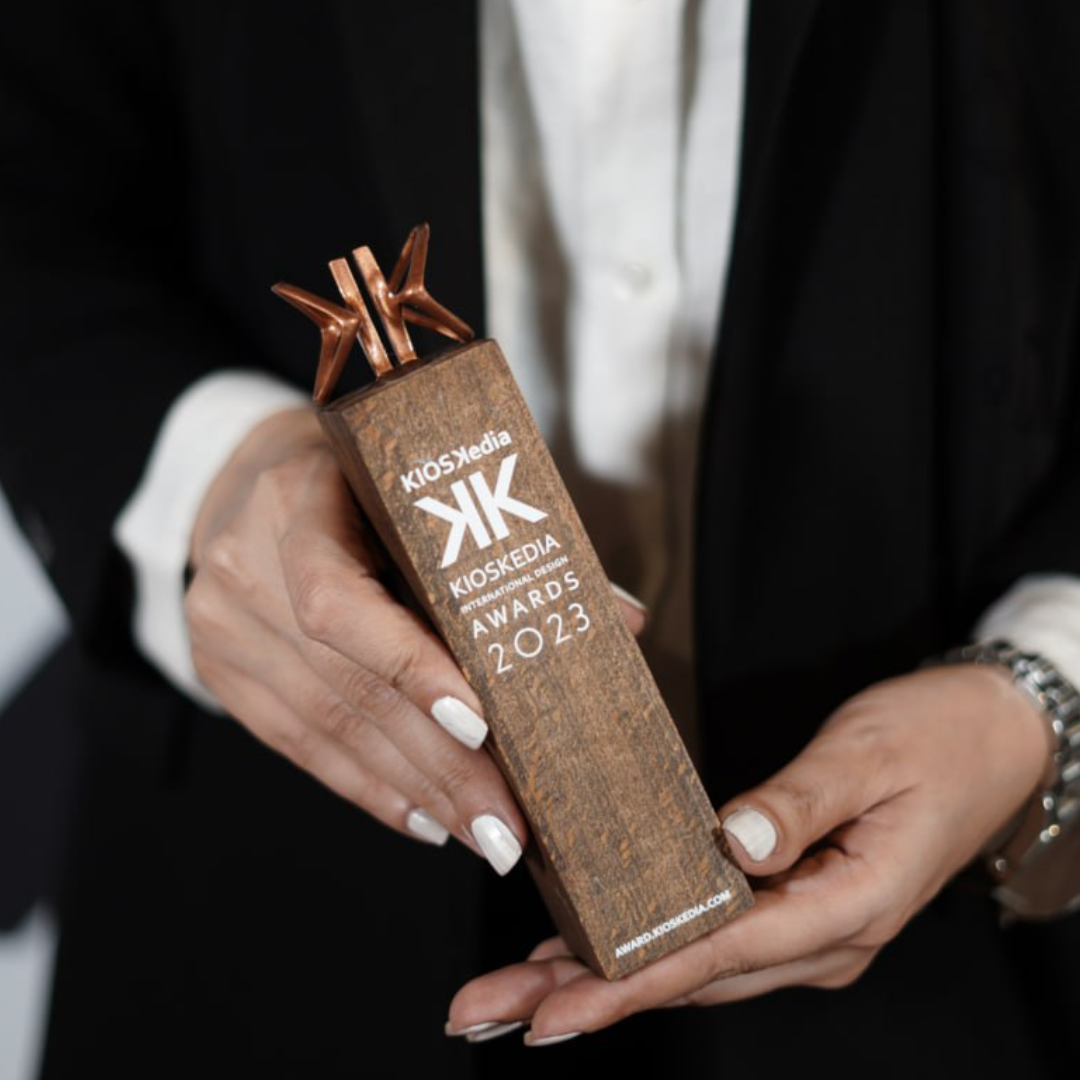From the shimmering desert horizon to the bright galleries of Dubai’s creative-quarter, the 2025 edition of Dubai Design Week unfurled itself as a luminous panorama of light and form. Held from 4 to 9 November within the dynamic precinct of Dubai Design District (d3), the event offered more than a marketplace of objects: it staged light as both medium and story, as exploration and atmosphere. Design installations, product premieres and experiential activations crossed the threshold between utility and sculpture, inviting designers and visitors alike to reconsider what illumination can do.
The exhibition grounds were alive with the quiet hum of creative inquiry: light activated surfaces, captured motion, revealed materials and cast shadows that felt intentional rather than incidental. In the programme, a dedicated activation titled “Light That Moves” emphasised how innovation in lighting is being reframed as interactive, architectural and participatory. For those of us attentive to the play of luminescence, the week became a kind of journey through tones, textures and spatial strategies of light. Among the many entries, I selected five pieces that stood out not only for their visual elegance, but for the way they articulate a design thinking rooted in materiality, movement and narrative. Each contributes to the larger dialogue of lighting design in 2025, one in which modularity, human-centred experience, craft and emotional resonance converge.
Rosa

A gentle bloom in light, “Rosa” emerges at the heart of Desert in Bloom as both object and organism. Its modular components can be arranged from a single luminous flower to an enveloping vine-like installation. This capacity for scale and reconfiguration signals a shift toward lighting systems that live and grow rather than remain fixed. The design seems to extend upward, as if reaching for the sun, capturing a gesture of instinctive resilience. In the desert-inflected setting of the exhibition the metaphor is potent: light as life, design as growth.
My reason for choosing Rosa lies in its synthesis of flexibility and poetry. It speaks to contemporary trends in lighting design, modularity, adaptive configuration, interaction with space, while maintaining a thoughtful sculptural presence. As a designer working in lighting, I am drawn to how this piece negotiates the boundary between fixture and installation.
Soul of the Dune

Wind writes in the sand; this work listens. Soul of the Dune is born out of a generative system: motion, pattern and form defined by rules that govern each glass component’s relationship. The result is an installation that simultaneously reads as mathematically precise and organically flowing, an echo of desert wind shaping dunes. Once lit, the structure breathes: nuance of motion, depth of shadows, interplay of light across glass surfaces. It becomes a quiet choreography of nature and design.
This piece is selected because it showcases how lighting design is now embracing generative logic and dynamic patterning rather than only static form. The marriage of algorithmically governed form with ambient luminosity exemplifies a richer sensibility, one that appeals to both rational structure and emotional atmosphere.
AURORA
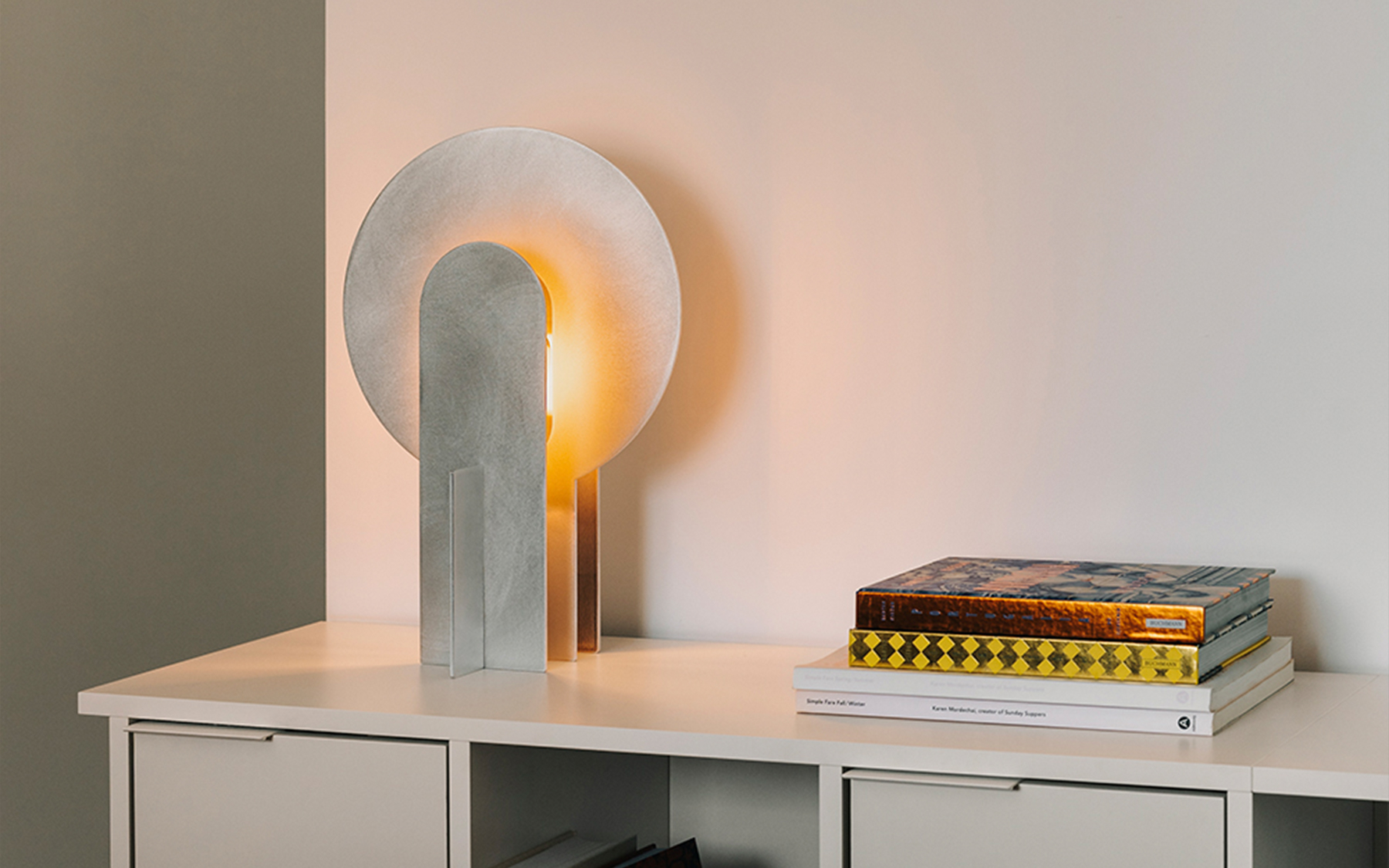
Crafted in hand-brushed raw aluminium, AURORA is an object of subtle theatre. Geometric shapes, circles and rectangles intersect to form a lamp whose interplay of light and shadow evokes imagery of eclipses or the halos of sacred icons. Over time the aluminium oxidises, its surface evolving with age and use. Two sizes (M and L) provide scale adaptability for interiors. The lamp speaks of material authenticity, industrial elegance, and the passage of time.
I chose AURORA because it underscores a key axis of lighting design today: the fusion of form and atmosphere, of object and experience. It is not merely about providing illumination but about sculpting a mood, allowing material evolution to become part of the story. For a lighting designer the idea that the fixture itself is alive (in its patina, in its evolution) adds a compelling dimension.
Tagua

Tagua presents a dual-modus lamp: table or pendant. The shape calls to mind a spinning top, and when placed on a surface, its inclined posture allows directed light through rotation. The use of natural and artificial stone with differing translucencies means that light filters not just through but with the material, creating a luminous narrative that reveals hidden qualities of the stone. The design elevates the material to the status of performer.
My interest in Tagua comes from its emphasis on material as mediator of light. Too often lighting fixtures are treated as appendages; here they become moments of revelation. In the context of a field in which social and production concerns (such as local manufacture or regional sourcing) are gaining importance, Tagua resonates as a piece that honours craft, material intelligence and purposeful light.
Himalaya Lunar

This lamp travels in direction and metaphor: the full moon rising above snow‐capped Himalayan peaks. White stones represent the majesty and purity of the mountains; brass and blue steel provide compositional accents, bridging the natural with the constructed. The vertical stance evokes a view from below, where the moon hovers gently over the peaks. The design situates itself at the intersection of landscape and architecture, of elemental and engineered. Alabaster stones remain in their natural form; the structural lines are minimal but charged.
I selected Himalaya Lunar because it pulls narrative and structure together with elegance. In lighting design we often speak of ambience, lumen output, colour temperature; but here the conceptual ambition is stronger: to evoke a place, a moment, a celestial interaction. For a designer invested in lighting as storytelling, this lamp stands out as a refined example of how form, material, light and narrative can cohere.
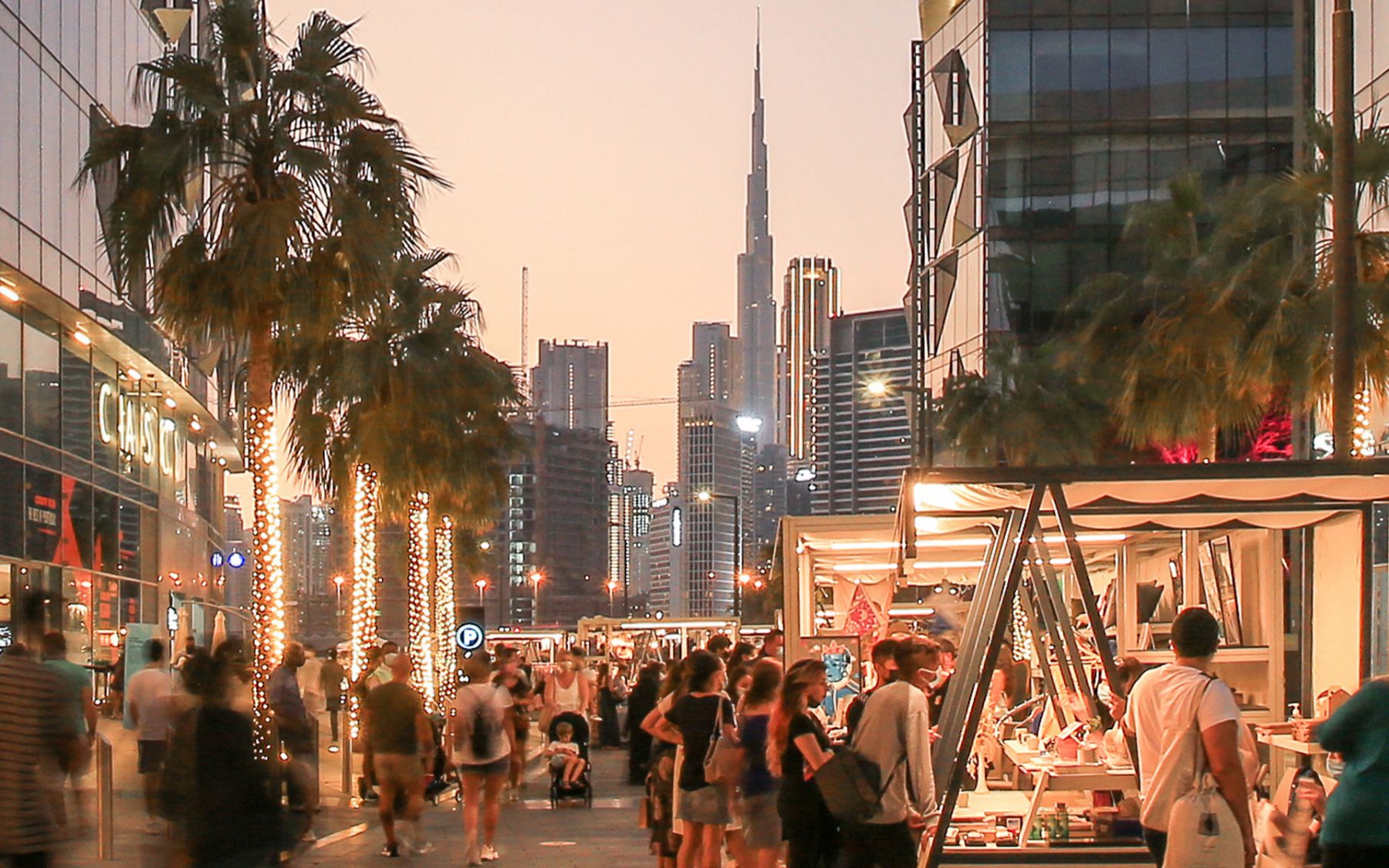
In aggregate these five works reflect the trajectory of lighting design in 2025: modularity and adaptability, generative logic and flow, material authenticity and patina, directed yet poetic light, narrative and place. At Dubai Design Week the lighting discipline was not a footnote, it was a protagonist. Each piece referenced above invites us to consider light not simply as an element to be applied, but as a medium to be composed, directed, mined for meaning.
For professionals, students and observers of lighting architecture, the week affirmed that the field is maturing. Objects are conceived more as ecosystems or experiences rather than discrete fixtures. Materials speak back; surfaces respond; light becomes motion, texture, story. As Dubai layers its desert heritage with ambitious design thinking, one finds in its lighting culture a metaphor: illumination that persists, adapts, resonates.
